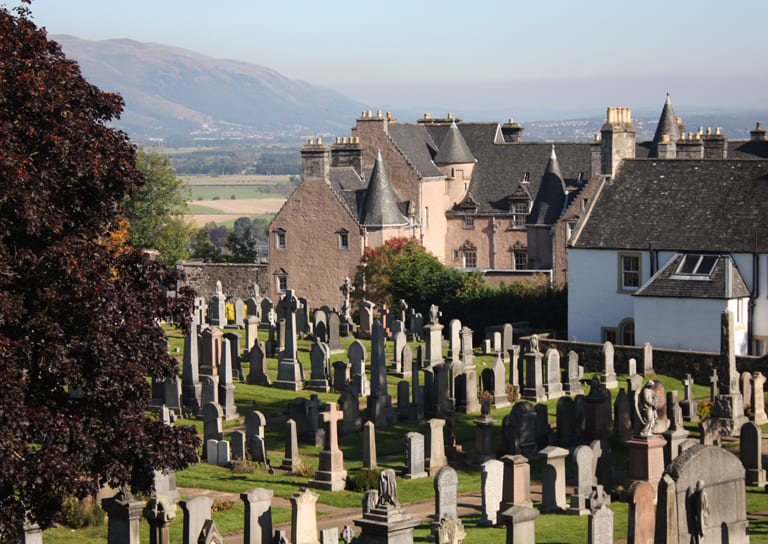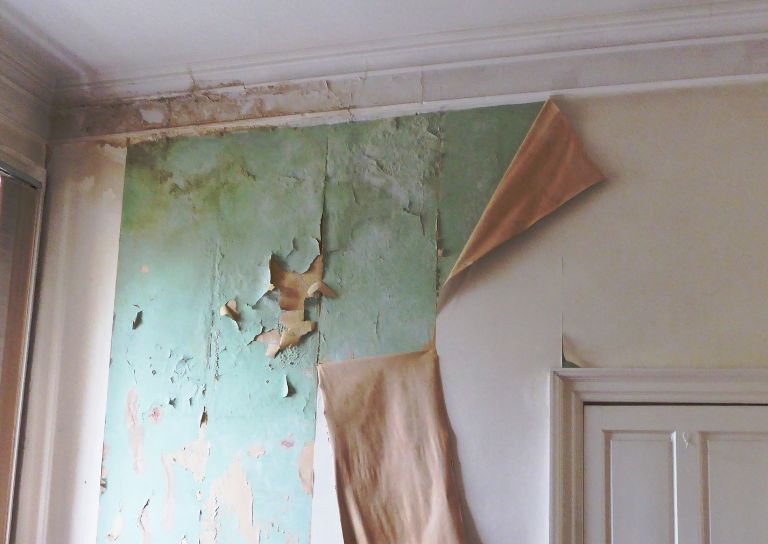- Home
- Our Work

- Stirling's Story

- Blog
- Beechwood House and the Transatlantic Slave Trade

- New Retrofit Service now available for Traditional Buildings Health Check Members

- Retrofitting Traditional Buildings: Chimneys

- SCHT 20: Championing Women in Construction
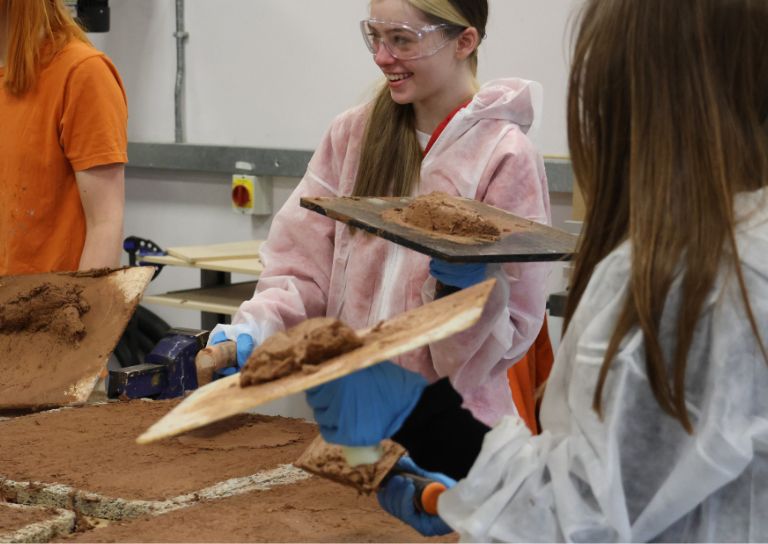
- Stirling's Lost Swimming Pools
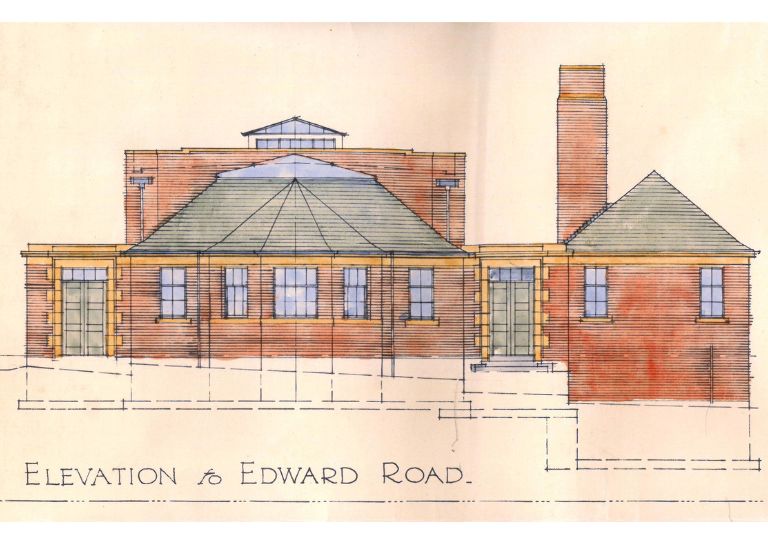
- Women in Construction at Bannockburn House
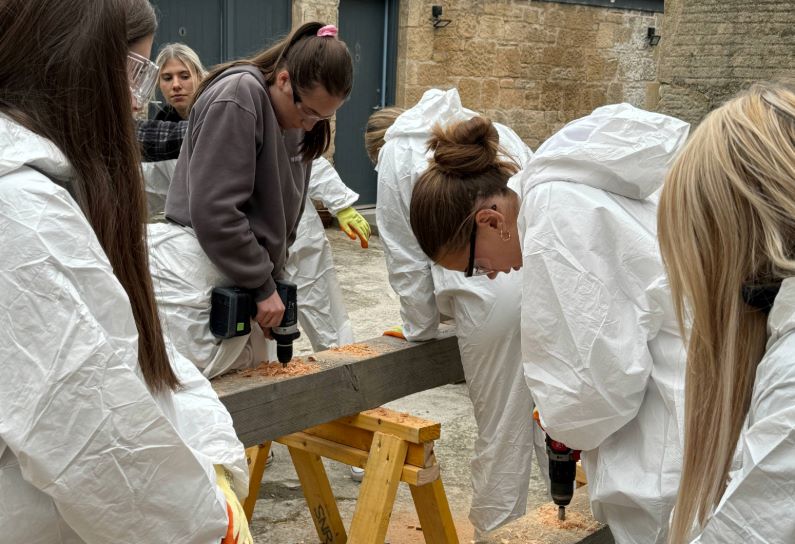
- Avenues to the Past: Stirling’s Historic Streets Exhibition

- Retrofitting Traditional Buildings

- Retrofitting Traditional Buildings: Windows

- Statement on Langgarth House

- Guest Blog: Dementia Friendly Heritage Interpretation

- SCHT Grant Conditions: Owners Associations
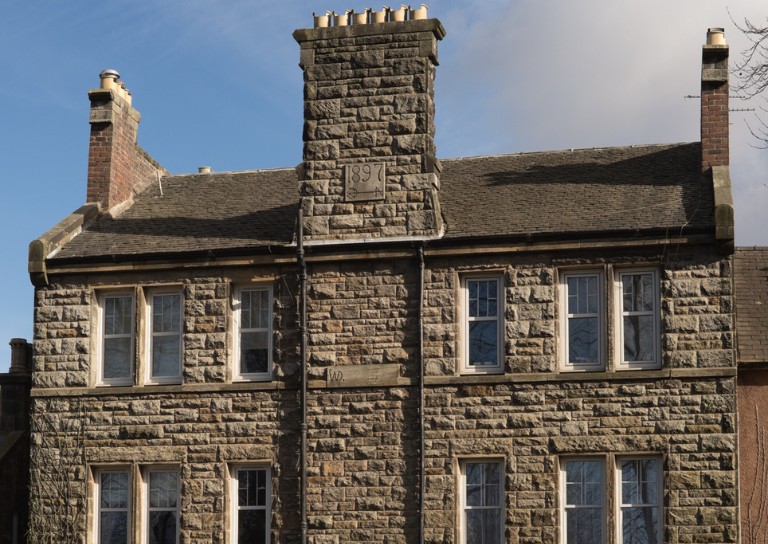
- Stirling Business Awards 2025

- What is a Conservation Area
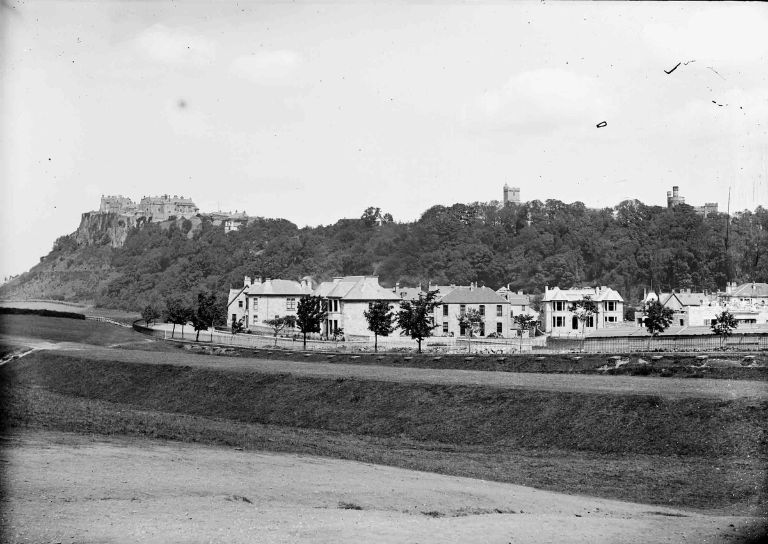
- 20 Great Buildings of Stirling

- Building Resilience: Maintaining Traditional Buildings

- Architects and The Thistle Property Trust

- World Heritage Day: Exploring Hayford Mill

- Community Consultation launched for Stirling’s Heritage Strategy

- SVE Inspire Awards September 2024

- Reminiscence Art Project
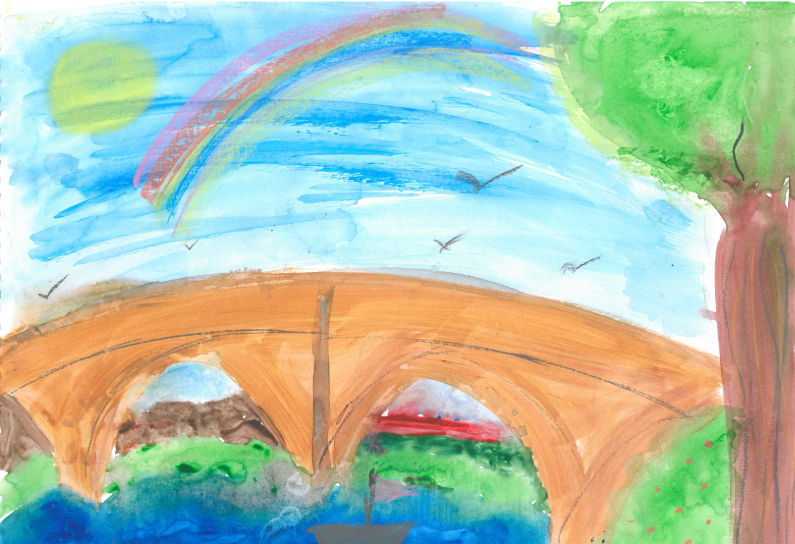
- On the European Stage: Preserving by Maintaining conference, Bratislava

- The Abolition Movement in Stirling

- Shopping Arcades

- Retrofitting Traditional Buildings: Insulation

- Retrofitting Traditional Buildings: Climatic Adaptation
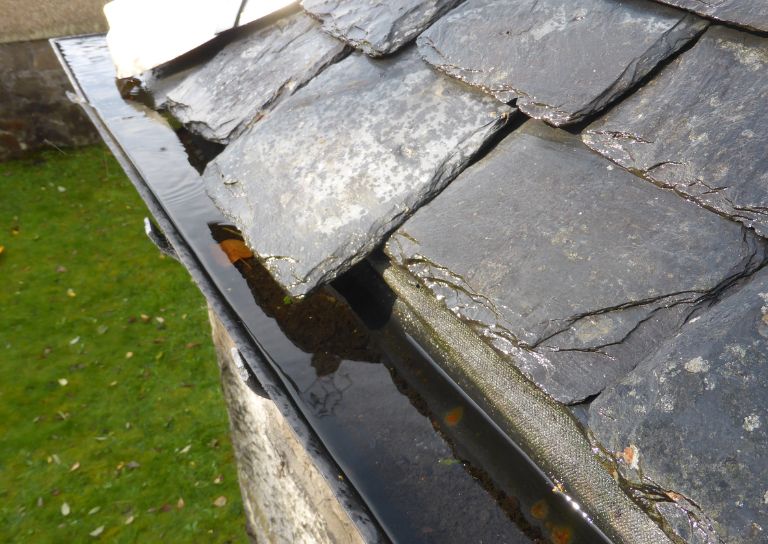
- Kings, Wolves and Drones: 20 years of care and repair at Stirling City Heritage Trust

- Practical Workshop on Retrofitting Insulation with A. Proctor Group
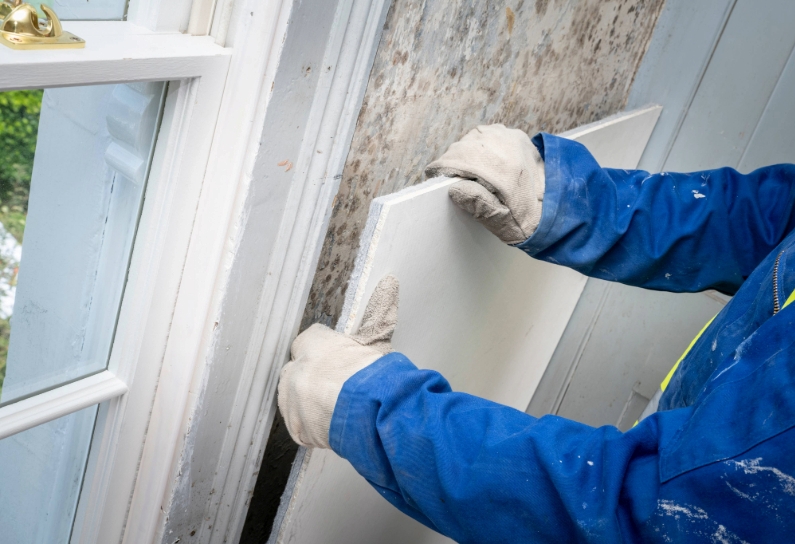
- Marking the 80th anniversary of VE Day

- Walker Family Visit

- Retrofitting Traditional Buildings: Fabric First

- Supporting traditional building repair in Stirling
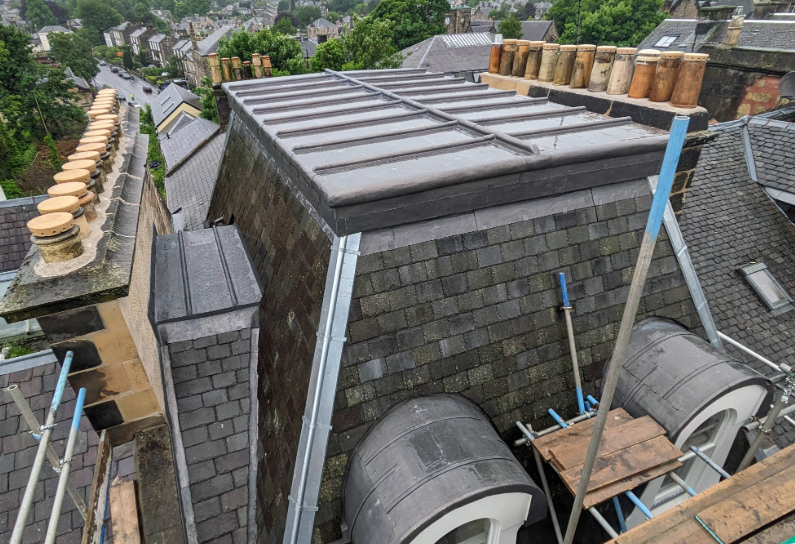
- Stirling's Historic Jails
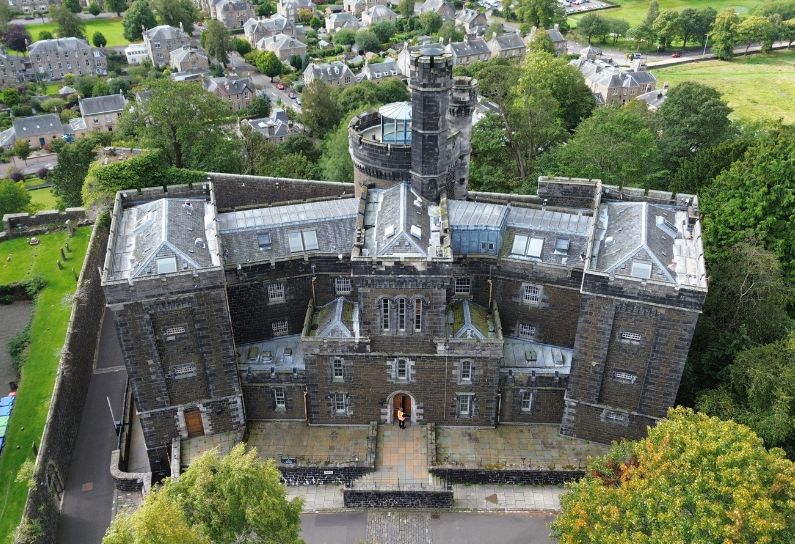
- Ghost Tales from Stirling

- Stirling Reminiscence Box

- Stirling City Heritage Trust at 20

- Retrofit Event: Meet the Suppliers

- Snowdon House and The West Indies

- Miss Curror and the Thistle Property Trust

- Dr Lindsay Lennie retires from Stirling City Heritage Trust
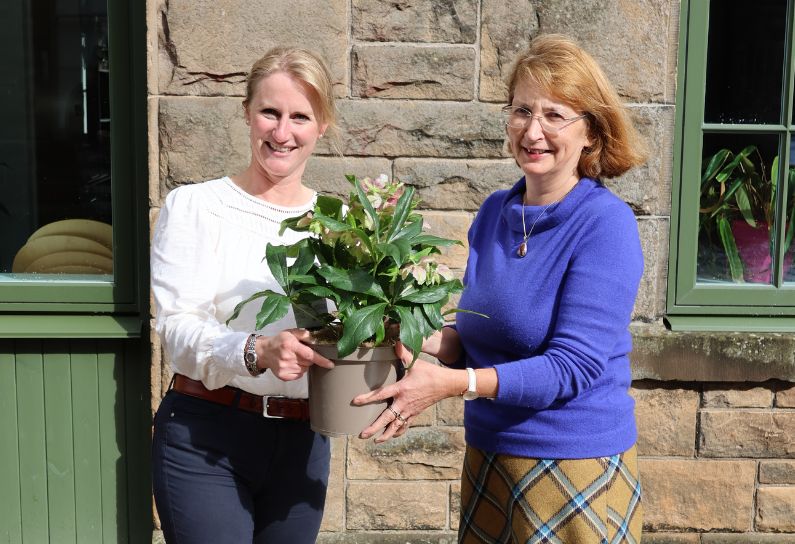
- Stirling’s Streetscape Stories: Photography Workshop

- Level 3 Award in Energy Efficiency for Older and Traditional Buildings Retrofit Course (2 Day)

- Stirlingshire’s Highland Games

- Creative careers in the heritage sector

- Postcards From Stirling

- Stirling’s Gala Days

- Building Surveying Student Intern at Stirling City Heritage Trust

- Heritage Trail: Stirling Walks

- Local History Resources

- Stirling Through the Decades

- Stirling’s STEM Pioneers

- Traditional Skills: Signwriting

- Christian MacLagan, a pioneering lady, but born too soon?

- Traditional Shopfronts in Stirling

- Stirling History Books for World Book Day

- My Favourite John Allan Building by Joe Hall

- My Favourite John Allan Building by Lindsay Lennie

- My Favourite John Allan Building by Andy McEwan

- My Favourite John Allan Building by Pam McNicol

- Celebrating John Allan: A Man of Original Ideas

- The Tale of the Stirling Wolf

- Stirling: city of culture

- Christmases Past in Stirling

- Stirling’s Historic Graveyards

- Top 10 Tips for Architectural Photography

- An Interview with David Galletly

- Springtime in Stirling

- The Kings Knot – a history

- A Future in Traditional Skills

- Robert Burns’ First Trip to Stirling

- Stirling’s Witches

- Stirling’s Ancient Wells

- An architecture student’s take on the City Of Stirling

- Ronald Walker: Stirling’s Architect

- Stirling’s Statues

- Stirling’s Wee Bungalow Shops

- Stirling’s Historic Hospitals

- Women in Digital Innovation and Construction

- Heritage at home: 8 of the best online heritage resources

- Stirling featured at virtual heritage conference

- Five of Stirling’s greatest John Allan buildings

- Women in Construction – Stirling event report

- Scotland’s trailblazing women architects

- Stirling’s Heritage: Spotlight on The Granary

- TBHC Scheme now open to properties in Dunblane and Blairlogie

- How drones help us inspect traditional buildings

- Hazardous Masonry & Masonry Falls

- Mason Bees: What’s the Buzz?

- Stirling Traditional Skills Demonstration Day Success!

- Floating Head Sculpture at Garden Glasgow Festival 1988

- The story behind Paisley Abbey’s Alien gargoyle

- Cambuskenneth Abbey

- Stirling City Heritage Trust Publications

- Sharing Memories: Taking '20 Great Buildings of Stirling' into the community

- William Wallace Statues In Stirling

- Coronations and Royal Christenings in Stirling

- The development of King's Park

- Energy efficiency project awarded grant from Shared Prosperity Fund

- Inspiring the Future: Stirling City Heritage Trust's Women in Construction Event at Wallace High

- Doors Open Days Talk: Who Built Stirling?

- 10 Years of the Traditional Buildings Health Check

- Growing up in Stirling: A Night of Reminiscence at The Smith

- SCHT visit to Brucefield Estate, Forestmill, Clackmannanshire

- Statement on Christie Clock

- Stirling’s Lost Skating Heritage

- Laurelhill House and the West Indies

- Beechwood House and the Transatlantic Slave Trade
- About Us

- Support Us

- Contact

Retrofitting Traditional Buildings

Stirling City Heritage Trust will soon be launching a new Traditional Buildings Health Check Service that supports traditional building owners in Stirling to retrofit their buildings. The new service has been awarded funding from the UK Government through the UK Shared Prosperity Fund and from Historic Environment Scotland.
Running alongside the new service we will also be producing a series of blogs covering topics relating to retrofit solutions including the theory behind performing retrofit work, in addition to current approaches and available technologies. The series aims to provide readers with useful information to enhance their knowledge of retrofit and aid them in upgrading the thermal efficiency of their own traditionally built property.
RETROFITTING TRADITIONAL PROPERTIES IN SCOTLAND
Within Scotland, there is a need to install retrofit solutions. This is particularly important for traditionally built homes, which account for around a fifth of all homes. Traditional buildings are generally considered to be buildings constructed before 1919 which utilize traditional materials and construction methods, such as solid stone walls and slate roofs. As traditional buildings were not constructed to meet current standards of thermal performance, they often struggle to achieve the same thermal performance as modern properties. This means that it’s important to install retrofit solutions to boost the energy efficiency of Scotland’s traditional buildings. Read on to find out more about what retrofitting traditional properties means, why retrofit is needed, and the steps you can take to retrofit your traditional property.
THE RETROFIT PROCESS EXPLAINED
Retrofitting involves the installation of new technologies to an existing property which aim to boost its performance. The retrofit process may involve making changes to the building fabric or may focus on installing new services in the property. The retrofitting of a building may stem from a desire to improve the functionality of the property or to improve its energy efficiency.
WHY IS RETROFITTING NECESSARY
The need for retrofit is primarily driven by the changes to Scotland’s environment due to climate change. Research has shown that over recent decades, Scotland has been experiencing warmer summers, milder winters, and increased rainfall (Scotland's Environment, 2023). The consequences of these climatic changes are potentially disastrous, with extreme weather events such as flooding likely to become more frequent if no changes are implemented.
In an attempt to reduce the severity of climate change, the Scottish Government has set a target of Scotland becoming a net-zero nation by 2045 (Scottish Government, 2023). A major part of achieving this objective is improving the energy efficiency of Scotland’s built environment.
The emissions produced by Scotland’s built environment contribute significantly to the detrimental effects of global warming. A major source of emissions within buildings, especially residential properties, is space heating, which consumes a large amount of energy. Buildings that are less energy efficient require more energy to heat and maintain a comfortable temperature for occupants. This is particularly prevalent with traditionally built homes, which are often less airtight and less well insulated than modern properties. Therefore, conducting viable retrofit works to many traditionally Scottish homes may play a significant role in achieving current net-zero targets.
Retrofitting may also help to improve the health of building occupants. Issues within traditional properties such as roof defects or faulty rainwater goods may cause water to enter the building, resulting in dampness. Damp environments provide the ideal conditions for mold to grow. Mold releases spores into the air which building users may encounter. When people touch these spores or breathe them in, the spores can often cause allergic reactions or may exacerbate existing health conditions such as asthma (NHS, 2022). Similarly, if a traditional building is very cold and draughty, it is likely to be uncomfortable for people inside the building and may lead to existing medical conditions worsening. By taking action to retrofit traditional properties, it’s possible to create warm and dry buildings that are comfortable for the people using them.
THE BENEFITS OF RETROFITTING
Effectively retrofitting a traditionally built Scottish property may incur benefits for both the building user and the environment. Retrofit measures such as, for example, the installation of draught stripping or insulation can significantly reduce heat loss through the building fabric and improve the health of building occupants. Furthermore, enhancing energy efficiency will reduce emissions and may result in a reduction in heating costs. To provide insight into available retrofit solutions and their potential impact, appropriate case studies are linked below:
- Loco Homes Tenement Retrofit Case Study - Loco Home - Tenement case study on Vimeo
- Energy Efficiency upgrades to a Stone Building in Ayrshire - Refurbishment Case Study 8 | Historic Environment Scotland | HES
- Aberdeenshire Farmhouse Energy Efficiency improvements - Refurbishment Case Study 16 | Historic Environment Scotland | HES
RETROFIT CASE STUDY
Niddrie Road, Glasgow
The benefits of retrofitting are highlighted by relevant case studies. One such example is the Niddrie Road retrofit project. The project involved retrofitting a traditionally built Scottish tenement building, consisting of 8 flats, with the intention of improving its energy efficiency. It was delivered as a joint effort by CCG Construction, John Gilbert Architects and Southside Housing Association. The retrofit process aimed to achieve at least a 70% reduction in building energy consumption by reaching Enerphit standards of retrofit (Scottish Housing News, 2021). To reach this target, several retrofit technologies were implemented following necessary repairs to the building envelope. Some of the key measures included:
- The installation of insulation within the loft.
- Installing both external and internal wall insulation.
- Fitting triple-glazed doors and windows.
- Increasing the airtightness of the property.
- Installing mechanical ventilation which incorporated a heat recovery system.
- Fitting a wastewater heat recovery system.
In addition to these measures, heat pumps were installed to serve 4 of the flats, with new gas boilers installed in the remaining 4. This step was taken to enable a comparison of the effectiveness of each heating system to be made over time.
Following the implementation of these retrofit solutions, the energy efficiency of the tenement was greatly increased. In comparison to an unmodified sandstone tenement building, the retrofit property consumed around 90% less energy (Scottish Design Awards, 2023). This highlights the massive potential benefits of retrofitting traditional buildings, and the impact this could have on benefitting homeowners & contributing to current energy efficiency targets.
AVAILABLE RETROFIT OPTIONS
There are a wide range of retrofit solutions that can be implemented to enhance the energy efficiency of traditionally constructed homes. Retrofit solutions differ in their complexity and cost, however, there are various retrofit solutions that are relatively straightforward and inexpensive to install, representing a viable option for many traditional Scottish homes. Such products include but are not limited to:
- Insulation board products.
- Insulation roll products.
- Insulated plasterboard/plasters.
- Draught stripping.
- Chimney blocking products.
- Low energy lighting.
- Secondary glazing systems.
- Upgrading heating systems and installing new boiler types.
- Smart controls for installed services.
- An assortment of renewable technologies, such as solar panels.
To ensure traditional properties are retrofitted effectively, the current condition and energy efficiency of the property must first be established. This will enable the most appropriate retrofit solutions for the building to be identified to enhance its energy efficiency.
Retrofit solutions requiring installation by contractors or specialist installers should only be implemented by suitably competent individuals. It is very important that retrofit works which are not DIY solutions are only performed by specialists. Failing to ensure contractors are suitable for performing the work could result in products being improperly installed, causing them to perform poorly or resulting in the building’s performance being worse than before any retrofit solutions were implemented. Additionally, unskilled contractors may cause damage to the building fabric and harm parts of the property that are historically significant. It is also important that before undertaking any retrofit work, building owners are aware of whether their property is in a conservation area or is listed, as it may be necessary to obtain certain consents prior to beginning work. Failing to obtain any necessary consents before starting retrofit work could result in an offence being committed and have serious consequences for the building owner.
Read our other Retrofit Blogs
- Retrofitting Traditional Buildings: Fabric First
- Retrofitting Traditional Buildings: Windows
- Retrofitting Traditional Buildings: Insulation
- Retrofitting Traditional Buildings: Chimneys
Further Information
Further information about retrofitting traditional Scottish buildings is available from Historic Environment Scotland:
- Guide to Energy Retrofit of Traditional Buildings
- Guidance on the Principles of Listed Building Consent
- Guidance on Conservation Areas
- Inform Guide: Improving Energy Efficiency in Traditional Buildings
Retrofit Blogs

UK Shared Prosperity Fund
The UK Shared Prosperity Fund is a central pillar of the UK government’s Levelling Up agenda and provides £2.6 billion of funding for local investment by March 2025. The Fund aims to improve pride in place and increase life chances across the UK investing in communities and place, supporting local business, and people and skills. For more information, visit https://www.gov.uk/government/publications/uk-shared-prosperity-fund-prospectus









